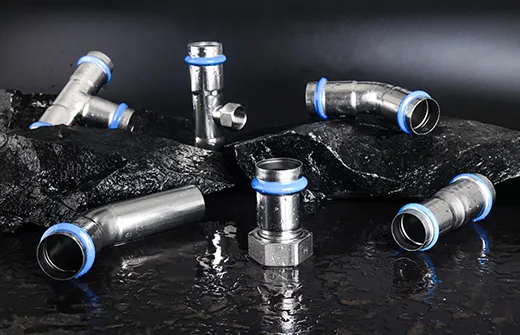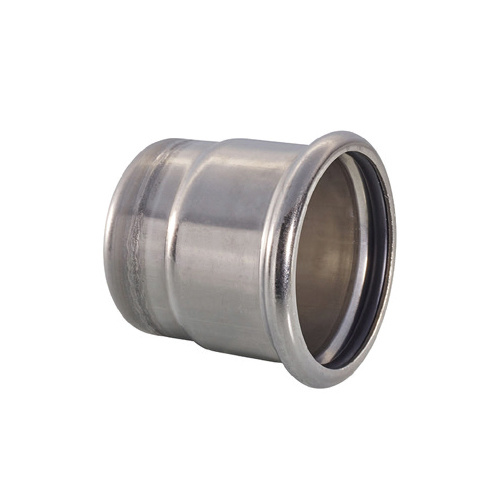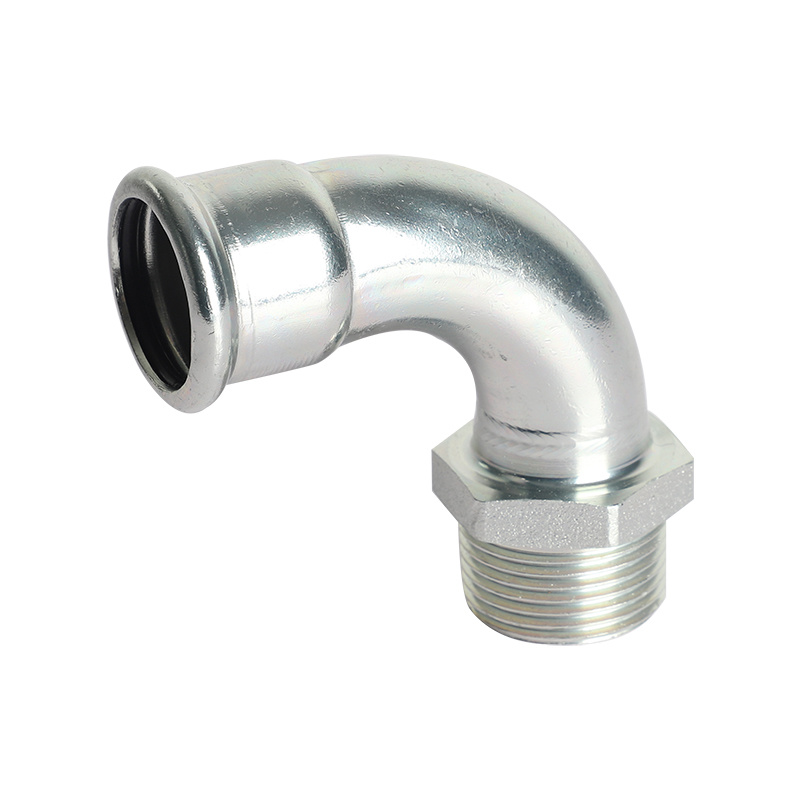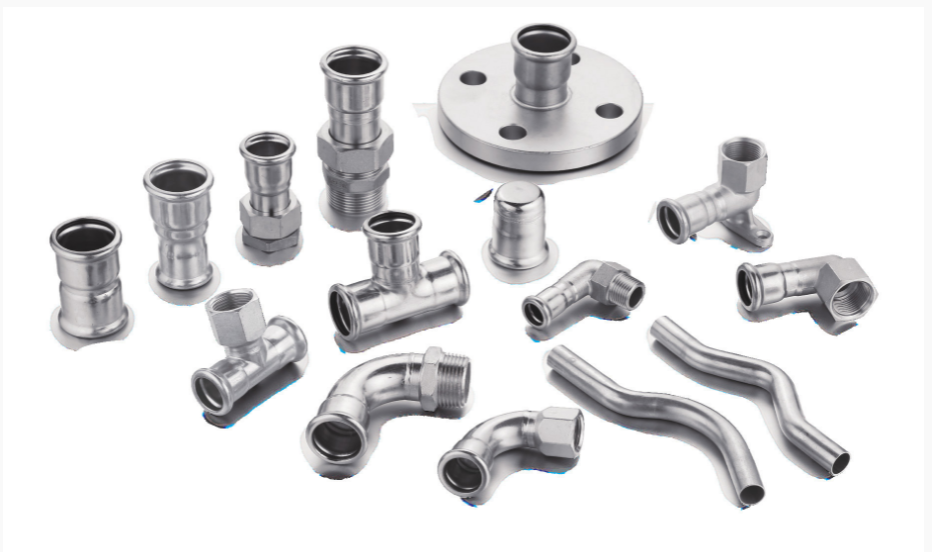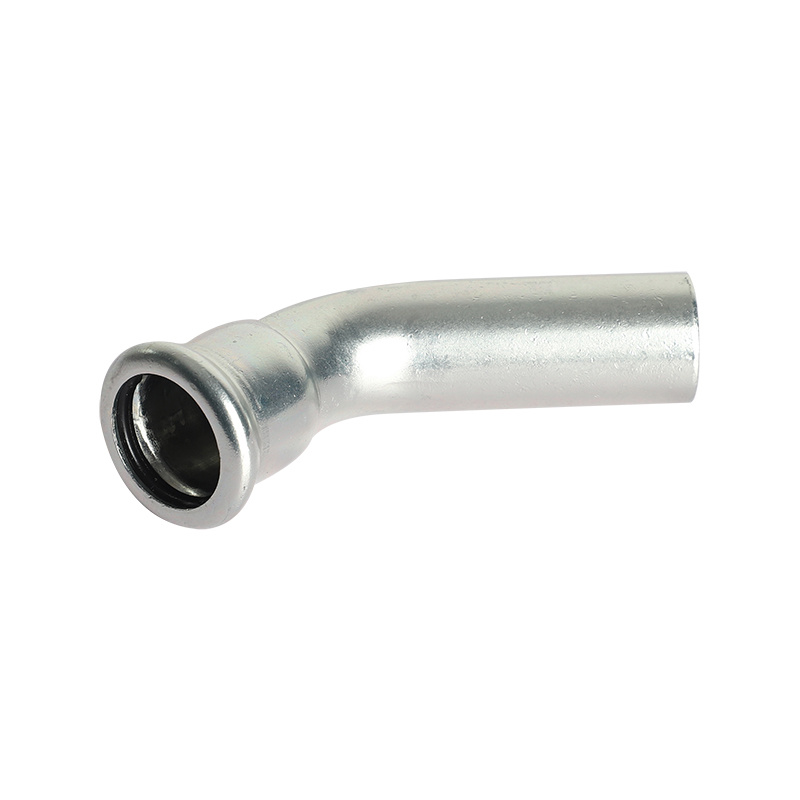The Science Behind 90º Bends With Male Threads: Essential Insights for Effective Construction
Jul 10,2025
The Science Behind 90º Bends With Male Threads: What You Need to Know
Introduction to 90º Bends in Construction Pipes
In the world of construction, particularly in plumbing and piping systems, **90º bends** play a crucial role. These bends provide direction to the flow of fluids and gases in various applications, ensuring efficiency and functionality. When combined with **male threads**, these components become essential for creating secure connections and maintaining fluid integrity. Understanding the science behind these bends is vital for architects, engineers, and contractors alike.
The Importance of Stainless Steel in Construction
Stainless steel is a favored material in construction due to its **durability, corrosion resistance**, and ability to withstand extreme conditions. Pipes made from stainless steel are particularly advantageous for applications in environments where corrosion is prevalent, such as in plumbing, chemical processing, and food and beverage industries. Choosing the right material is essential for ensuring the longevity of the installation.
Characteristics of Stainless Steel Pipes
Stainless steel pipes come in various grades, each offering unique properties. The most commonly used grades in construction include:
- **304 Stainless Steel**: Known for its excellent corrosion resistance and formability, this grade is widely used in plumbing applications.
- **316 Stainless Steel**: Offers enhanced corrosion resistance, particularly in chloride environments, making it suitable for marine applications.
- **Duplex Stainless Steel**: Combines the properties of austenitic and ferritic stainless steels, providing high strength and excellent corrosion resistance.
Understanding 90º Bends: Design and Functionality
A **90º bend** is designed to change the direction of piping systems efficiently. These bends are necessary when a piping system needs to navigate around obstacles or when transitioning between different levels. The design of these bends is crucial for maintaining flow efficiency and minimizing pressure drops.
Materials Used for 90º Bends
90º bends can be made from various materials, but stainless steel offers unmatched benefits. The choice of material will impact the **strength, durability**, and **corrosion resistance** of the final product.
Types of 90º Bends
There are multiple types of 90º bends used in construction:
- **Short Radius Bends**: These have a tighter curvature and are typically used where space is limited.
- **Long Radius Bends**: With a gentler curve, these are preferred for applications that require a smoother flow, reducing turbulence.
The Role of Male Threads in Connecting Pipes
Male threads are external threads on a pipe or fitting that allow for quick and secure connections with female-threaded counterparts. The threads play a fundamental role in ensuring that the piping system is leak-free and can withstand internal pressures.
Advantages of Male Threads in Piping Systems
- **Ease of Installation**: Male threaded connections allow for quick assembly and disassembly, facilitating maintenance.
- **Leak Prevention**: When properly tightened, male threads create a reliable seal that minimizes leakage.
- **Versatile Applications**: Male threads can be used in various environments, making them suitable for residential, commercial, and industrial applications.
Design Considerations for 90º Bends with Male Threads
When designing a piping system that includes 90º bends with male threads, several factors must be taken into account:
- **Pressure Ratings**: Understanding the pressure requirements of the system is essential for selecting the appropriate fittings and bends.
- **Flow Direction**: Properly orienting the bends ensures efficient flow and minimizes back pressure.
- **Installation Space**: Assessing the available space can help determine whether to use short or long radius bends.
Calculating the Flow Rate**
To ensure that the design meets the system's requirements, calculating the flow rate through the bends is crucial. Factors influencing flow rates include:
- **Pipe Diameter**: Larger diameters typically allow for higher flow rates.
- **Viscosity of Fluids**: Thicker fluids may encounter more resistance in bends.
- **Elevation Changes**: Changes in elevation can affect flow rates due to gravitational forces.
Installation Tips for 90º Bends with Male Threads
Proper installation of 90º bends with male threads is vital for ensuring the longevity and efficiency of the piping system. Here are some essential tips:
- **Use Proper Tools**: Ensure the use of high-quality tools specifically designed for pipe fitting.
- **Ensure Clean Threads**: Clean both male and female threads before installation to avoid contamination and ensure a tight seal.
- **Tightening Techniques**: Use appropriate torque settings to avoid over-tightening, which can lead to damage.
Maintenance of 90º Bends and Male Threaded Connections
Regular maintenance is crucial for ensuring the longevity of 90º bends and male threaded connections. Key maintenance tasks include:
- **Visual Inspections**: Regularly check for signs of corrosion or leaks.
- **Pressure Testing**: Conduct pressure tests to ensure that the system is operating within safe limits.
- **Thread Cleaning**: Periodically clean the threads to remove debris and ensure a secure fit during maintenance.
Common Applications of 90º Bends with Male Threads
90º bends with male threads are utilized in various industries and applications, including:
- **Plumbing Systems**: Used extensively in residential and commercial plumbing for directing water flow.
- **HVAC Systems**: Essential for directing airflow in heating, ventilation, and air conditioning systems.
- **Industrial Applications**: Commonly found in chemical processing and manufacturing facilities for transporting various fluids.
Challenges and Solutions in Using 90º Bends
While 90º bends with male threads are highly effective, certain challenges may arise during their use:
- **Pressure Drop**: Excessive pressure drop can occur if bends are too tight or poorly oriented. Solution: Use longer radius bends when possible to minimize pressure loss.
- **Corrosion**: In environments with high humidity or exposure to corrosive materials, stainless steel components may corrode. Solution: Choose higher-grade stainless steel for enhanced corrosion resistance.
Future Trends in Pipe Bending Technology
The construction industry continues to evolve, and innovations in pipe bending technology are on the rise. Key trends include:
- **Advanced Materials**: The introduction of composite materials may improve durability and reduce weight.
- **Smart Technology**: Integrating smart sensors into piping systems for real-time monitoring of pressure and flow rates.
Frequently Asked Questions (FAQs)
1. What is the maximum pressure rating for stainless steel 90º bends?
The maximum pressure rating can vary based on the pipe diameter and wall thickness. It is crucial to consult manufacturer specifications for accurate ratings.
2. Can I use 90º bends with PVC pipes?
Yes, PVC pipes can also accommodate 90º bends, but ensure that the male threads are compatible with the material.
3. How do I prevent leaks in male threaded connections?
Properly clean threads and use thread sealant to enhance sealing and prevent leaks.
4. Are there specific installation codes for 90º bends in plumbing?
Yes, local building codes dictate installation practices for plumbing systems, including bend specifications.
5. What are the differences between short and long radius bends?
Short radius bends have a tighter curvature, suitable for compact spaces, while long radius bends allow for smoother flow and are better for high-pressure applications.
Conclusion
Understanding the science behind 90º bends with male threads is essential for anyone in the construction and plumbing industries. These components play a significant role in ensuring the efficiency and durability of piping systems. By considering material selection, design parameters, and maintenance strategies, professionals can maximize the performance of these crucial elements in their projects. Embracing advancements in technology and staying informed on best practices will further enhance the reliability and effectiveness of 90º bends in various applications.
Latest News

